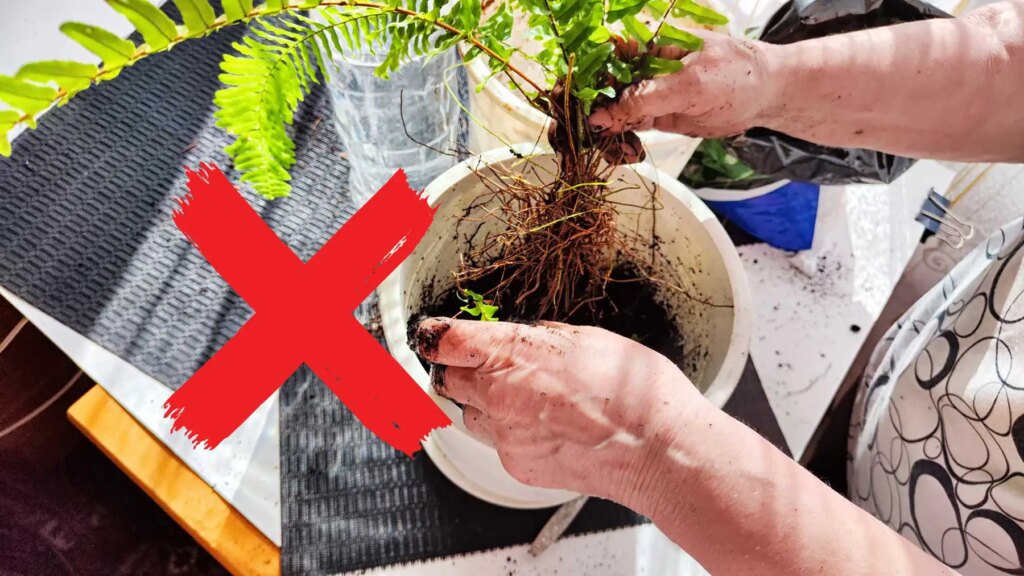
Peace lilies are a common houseplant that is fairly easy to grow. These tropical evergreen plants are native to the tropical rain forests of Venezuela and Colombia.
Despite their fairly easygoing nature, things can arise that prevent the peace lily from producing that iconic white bloom it is well-known for.
Thankfully, there are steps you can take to help encourage your peace lily to bloom.
#1 Peace Lilies Need Light
Even though peace lilies can tolerate low light, that doesn’t mean you shouldn’t give them any light.
In fact, ensuring they get more light will help keep the plant healthy while also encouraging the plant to flower.
Peace lilies thrive in bright, indirect light. Place the lily about six feet away from a window where it can take advantage of the sun’s rays.
Keep in mind, however, that too much sunlight or direct sunlight can cause the leaves to face and yellow.
#2 Temperature Is Important
Peace lilies are delicate plants and cannot withstand extreme temperature fluctuations. That is why it is important to keep them away from areas with drafts or near doors. Instead, place them in an area where they can have a constant temperature of between 65 to 85 degrees Fahrenheit. The humidity level in the room should also be above 50-percent.
A way to help increase humidity in the area is to either run a humidifier near the plant, or place the peace lily onto a pebble tray. A pebble tray is a shallow tray filled with pebbles, hence the name, and water. This helps to increase humidity around the plant without it getting its roots soggy.
#3 Plants Need Nutrients
Plants of all types need nutrients. This is especially true for houseplants. Unlike outdoor plants, houseplants typically don’t have organic matter collecting around them and decomposing into the plant’s soil. As the organic matter breaks down, it adds vital nutrients to the soil.

Without these nutrients, the plant won’t be able to produce blooms. Since houseplants don’t get the benefits of decomposing organic matter, you will need to help them along by adding nutrients to the soil. During the spring and summer months, the peace lily will need to be fertilized every 6 weeks.
Use a balanced fertilizer but only use it at half strength.
#4 Don’t Forget The Soil
Not all soil is created equally, and if you want your peace lily to bloom, it will need its roots in some well-draining soil. If the soil doesn’t drain properly, the roots become waterlogged and rot can set in.
Not only does this reduce the overall health of the peace lily, but it can also cause stunted growth and prevent the plant from flowering.
Furthermore, avoid over-watering the plant. Peace lilies generally need watered about once a week, though this can vary.
Check the dryness of the soil by inserting your finger 2 inches into the plant’s soil. If it feels dry, water the plant deeply.
If it’s still moist, wait a few days and check the soil again.
So Lets Recap!
Encouraging your peace lily to bloom is not as difficult as it may seem, and is usually accomplished by simply providing the plant with its ideal environment.
To recap, the peace lily needs the following to thrive and bloom:
- Bright, indirect light.
- Temperatures between 65 and 85 degrees Fahrenheit.
- Humidity levels above 50-percent.
- Fertilized every 6 weeks in spring and summer
- Well drained soil
Trying to mimic the plant’s natural growing environment is the best way to ensure it has a long and happy life filled with blooms.













